2018-01
Types of Home Heating Systems
Your home may
have one of several types of heating systems. They can range from blowing hot
air through ductwork to piping hot water through your floor.
Whatever type of
heating system you have, it will have advantages and disadvantages. So it's
worth a quick review of the most popular types of home heating systems, how
they work, and their pros and cons.
Let's review the
following systems:
· Forced Air
· Radiant Heat
· Hydronic (Hot Water Baseboard)
· Steam Radiant
· Geothermal
1.Forced Air
Heating and Cooling System
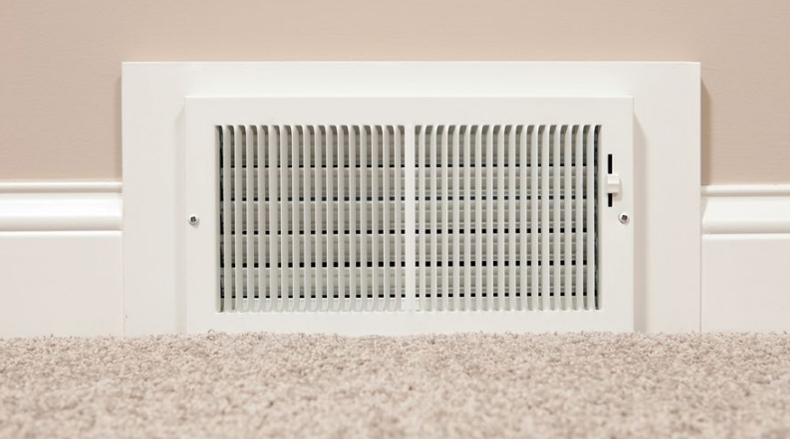
Forced Air
System
This system is
by far the most common type of home heating and central air
conditioning system.
Distribution
· Air heated in a furnace
· Air distributed from furnace through ductwork and into room by registers
Fuel Sources
Furnaces may
heat air using various fuel sources such as natural gas, propane, oil or
electricity
Advantages
· Only distribution method that can used for cooling
· Air may be humidified
· Air may be dehumidified
· Inexpensive
· Furnace can attain highest AFUE
Disadvantages
· Requires ductwork and takes space in walls
· Furnace fan can often be heard
· Moving air can distribute allergens
· Air requires filtration and regular
maintenance.
2. Radiant Heat
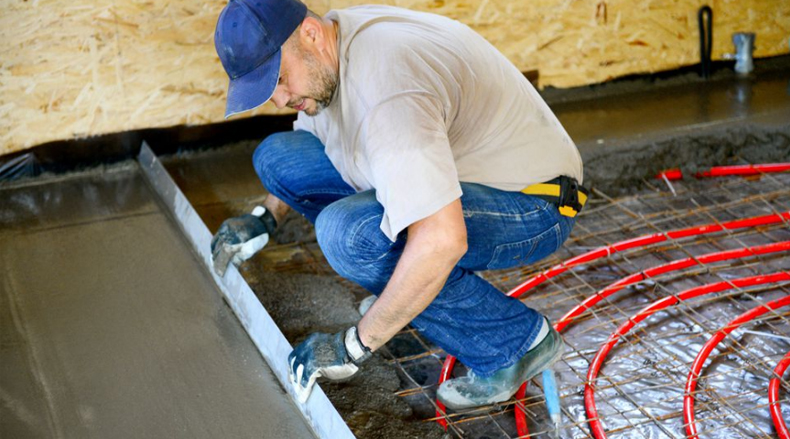
Radiant Heating
System
This system is
known to provide the most natural and comfortable heat in a home. It can come
in a number of forms, from a pot belly stove to in-floor hot water tubing. It
works through the process of radiation or direct transfer of heat from a hot to
a cold surface.
Distribution
· Most commonly provided via hot water tubing embedded in the floor or directly below the floor surface
· Radiant panels may be used in ceilings
· Heating stoves
Fuel Sources
· In-floor systems use hot water聽heated by a boiler
· Boiler may be fueled by natural gas, propane, oil or electricity
· Heating stoves may use wood or coal
Advantages
· Comfortable, even heat
· Boilers can be energy efficient
Disadvantages
· Slow heating up cycle since surrounding materials must warm
· Expensive installed cost
· Difficult access to hidden piping if maintenance problems emerge.
· Air conditioning requires a separate ductwork distribution and cooling system.
3. Hydronic (Hot
Water Baseboard)
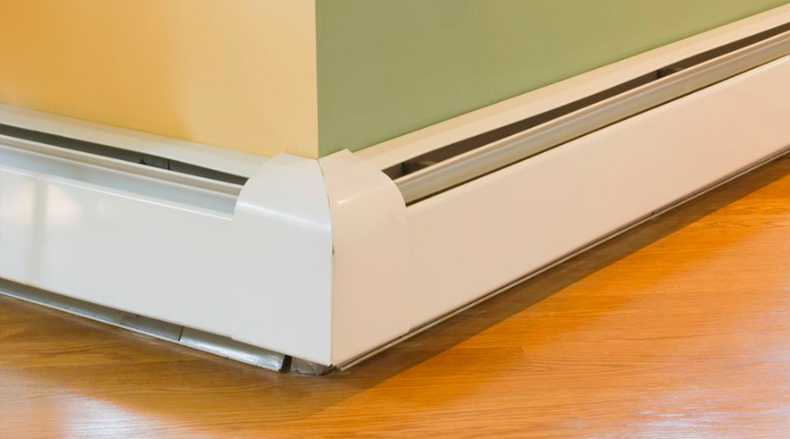
Hot Water
Baseboard System
Similar to
radiant heat, this system uses hot water heated by a boiler to heat a space by
a combination of radiation and convection.
Distribution
· Hot water heated by boiler and piped to "fin-tube" baseboard units mounted along walls. The fins increase the surface area of heat dissipation making the unit more efficient.
· Air is distributed by convection as air rises and is heated by the baseboard unit.
Fuel Sources
· Boiler may be fueled by natural gas, propane, oil or聽electricity
Advantages
· Energy efficient
· Quiet
· Close temperature control
Disadvantages
· Baseboard radiation / convection units must remain unobstructed and can provide challenges in furniture placement and drape design.
· Slow temperature increase.
· Air conditioning requires a separate ductwork distribution and cooling system.
4. Steam Radiant
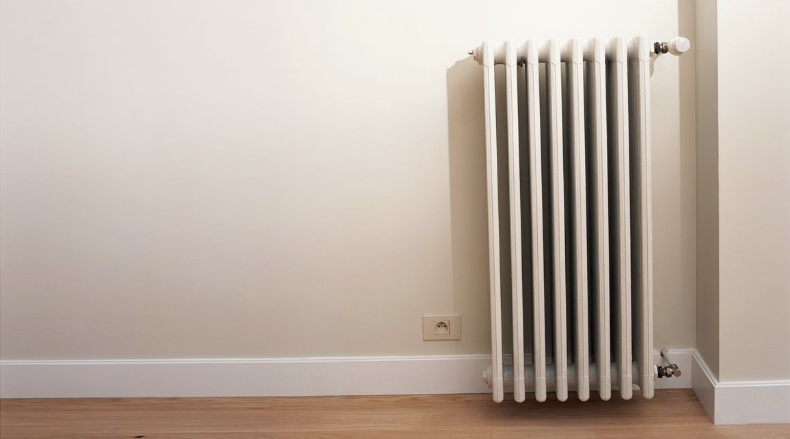
Steam Radiant
Heating System
Steam radiators
are nostalgic and not often used today. They are characterized by cast iron
upright radiators radiating heat with steam.
Steam systems
come in two varieties, one-pipe and two-pipe systems. With one-pipe systems the
water and steam travel in the same pipe but in opposite directions. In two-pipe
systems, steam flows in one pipe and water condensate returns in another set of
pipes.
Distribution
· Heat is distributed with steam piping and radiator units
Fuel Sources
· Steam boiler may be fueled by natural gas, propane, oil or electricity
Advantages
· Efficient and warms spaces quickly
· Radiant heat is comfortable
· Old hot water system radiators can now be replaced with smaller convection units or vertical wall panel radiators
Disadvantages
· Radiators can be unsightly
· Radiator locations may limit furniture placement and window coverings
· Air conditioning requires a separate ductwork distribution and cooling system.
Boilers
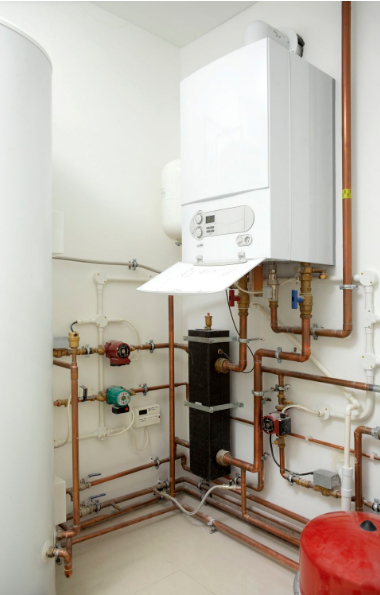
Boilers
A boiler is the
heating plant used to create hot water or steam for hydronic baseboard, radiant
heat or steam radiator heating systems. Boilers can use a variety of fuels
including natural gas, propane, oil or electricity.
Steam boilers
are more complex than hot water boilers and have special gauge glass, pressure
gauges, blow off valves and automatic feeds.
Hot water
boilers can be small, compact, energy efficient and low maintenance.
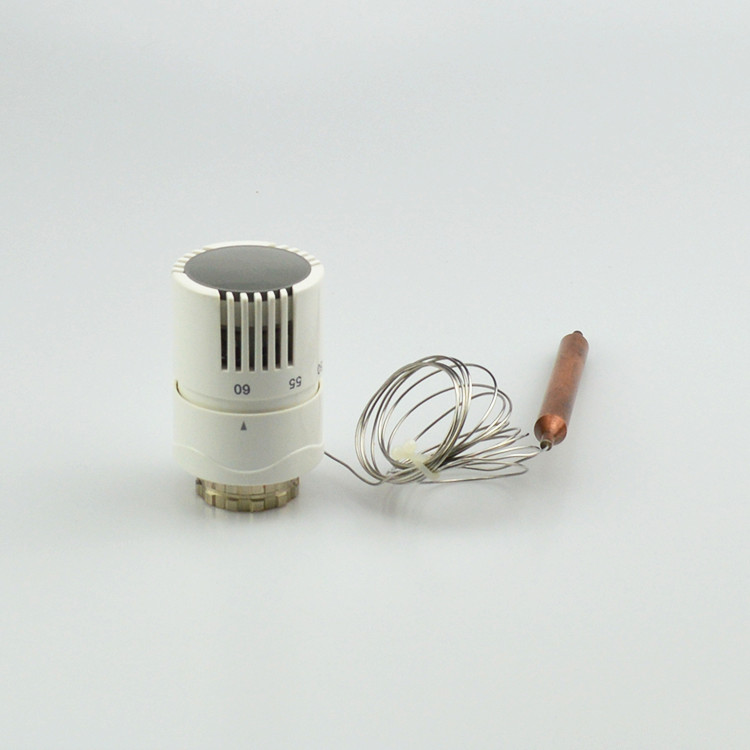
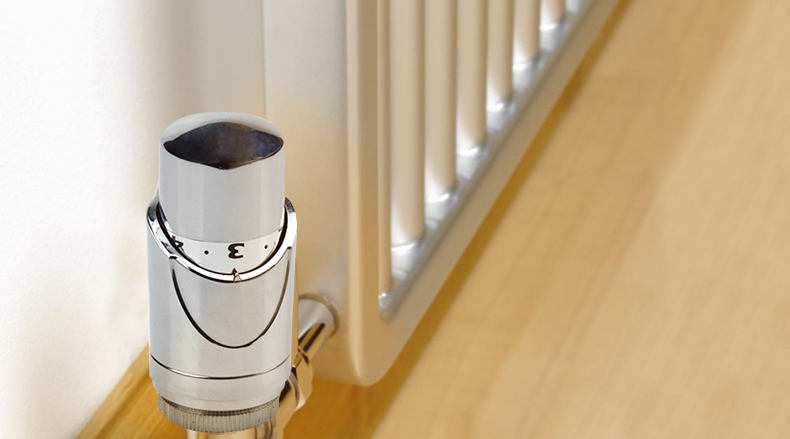
 Echo
Echo